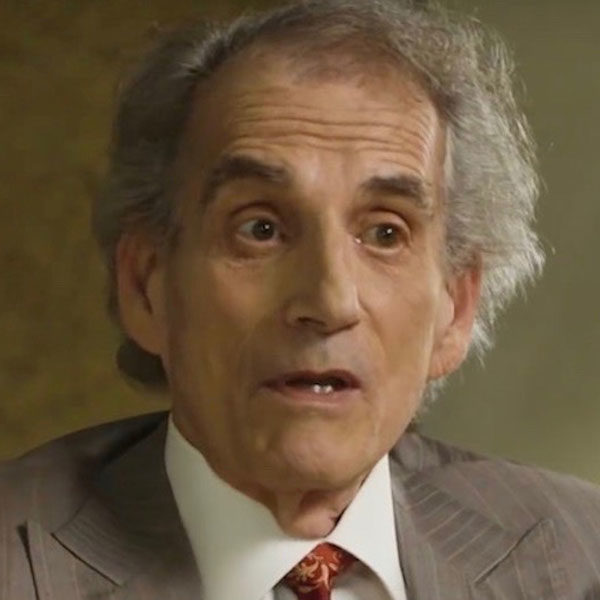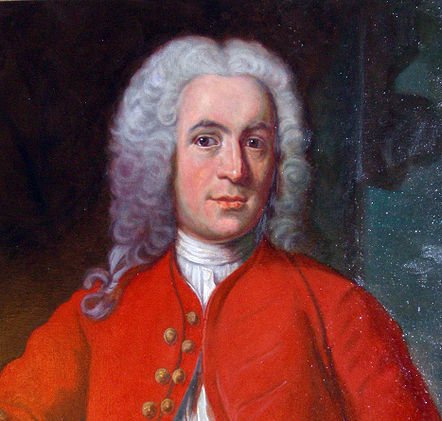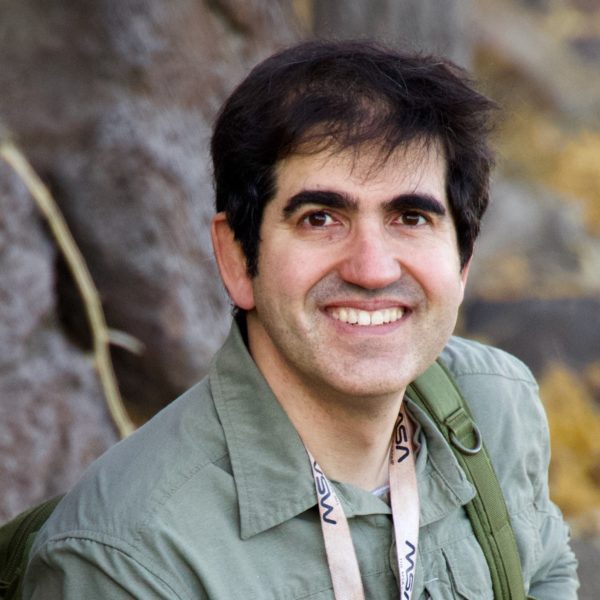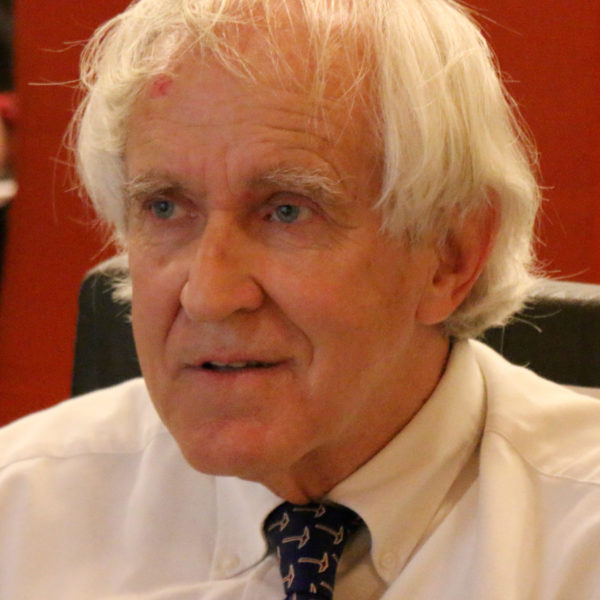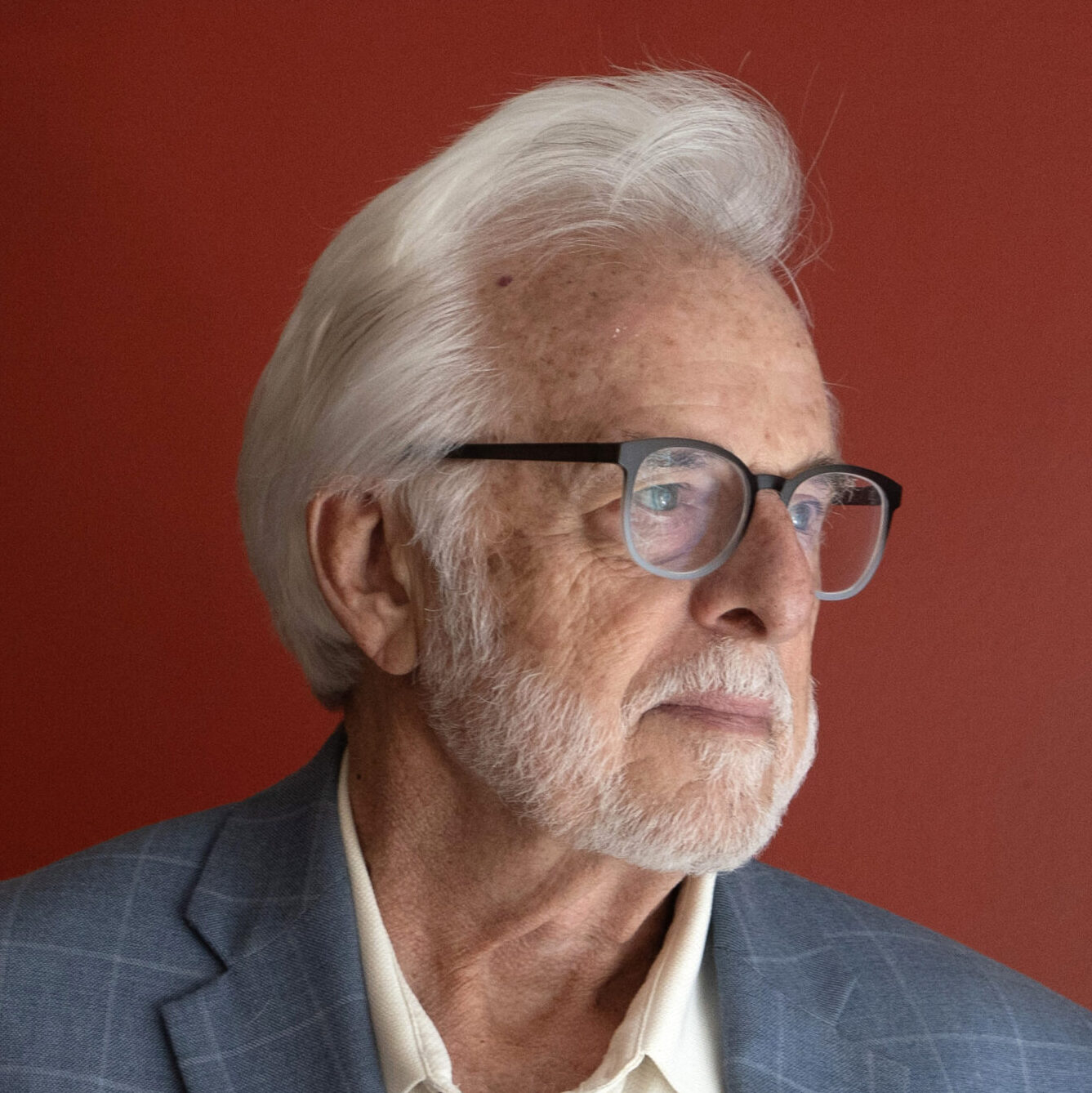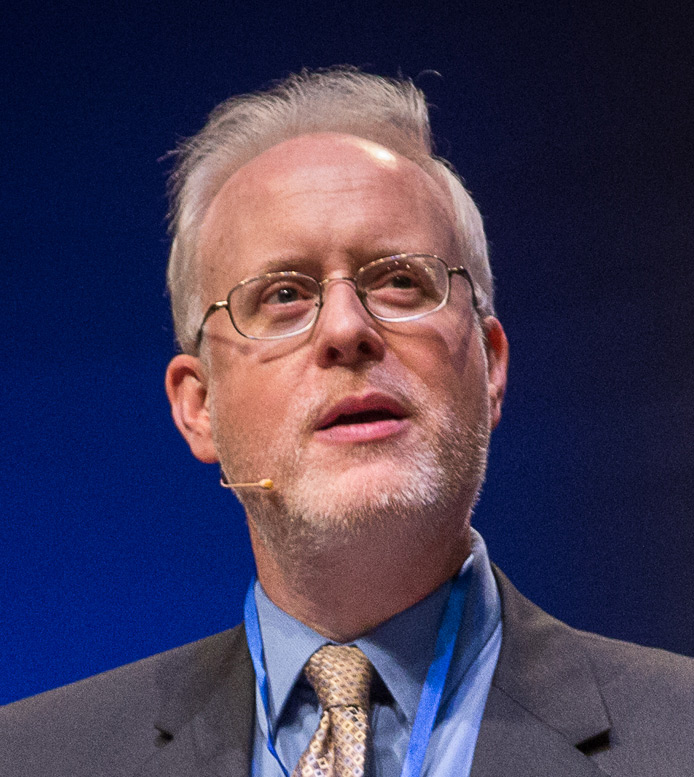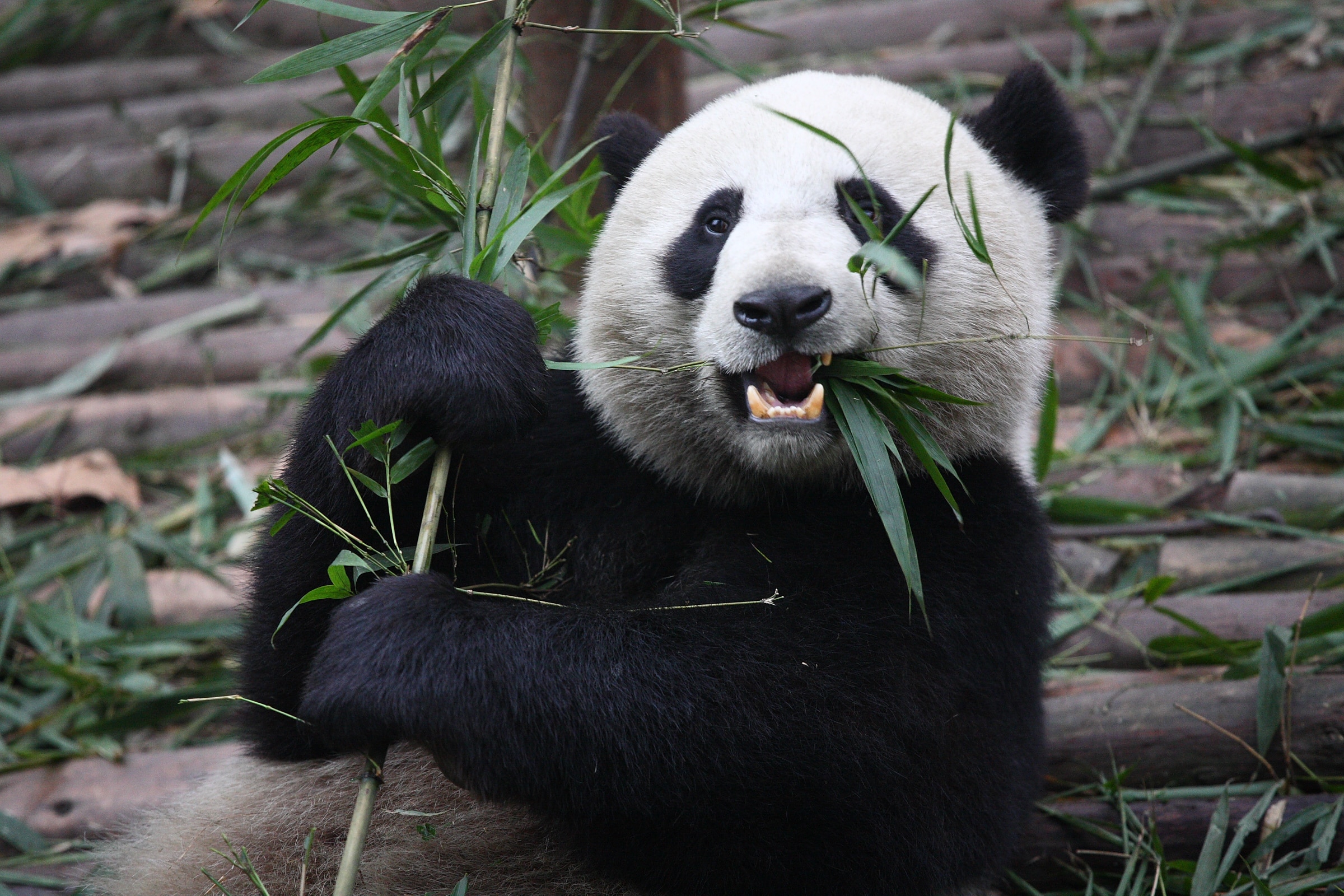In 1980, influential paleontologist and evolutionary biologist Stephen Jay Gould wrote that “we can know that evolution has happened by the imperfections and oddities that life shows.” But is that true? And what if we take a closer look at those assumed evolutionary oddities and see instead evidence of engineered elegance? On a new episode of ID the Future, I welcome retired geneticist Dr. Wolf-Ekkehard Lönnig to the podcast to discuss his new paper reviewing the debate over the panda’s thumb.
Giant pandas have an elongated wrist bone, the radial sesamoid, that allows them to handle and eat bamboo with great dexterity. Some claim it’s an imperfectly and inefficiently formed structure that is clear evidence of evolutionary processes at work. Others call it one of the most extraordinary manipulation systems in the mammalian world and clear evidence of engineering. So which is it? That’s the topic of our conversation today.
Optimal Design
Evolutionary biologists are trained to view organisms as products of a bottom-up, unguided process. So we really shouldn’t be surprised when they refer to innovations like the panda’s thumb as “clumsy,” “suboptimal,” “highly inefficient,” and “a crude structure.” It’s the best natural selection could do, after all. But what if biologists were trained in the principles of engineering? A deep understanding of the principles that govern the design of complex systems would give biologists a very different perspective. Dr. Lönnig discusses the work of bio-engineer Dr. Stuart Burgess, for example, who has worked on complex mechanical systems like Olympic bicycles and rockets. Burgess has also studied aspects of organismal form and found examples of optimal design. Says Burgess: “As for the Panda’s thumb, it is of course an excellent design for the design objectives.”
Download the podcast or listen to it here. This is Part 1 of a two-part discussion. Look for Part 2 next!
Dig Deeper
- Read Dr. Lönnig’s paper for yourself and take a deeper look at the evidence for design in the panda’s thumb.
- More coverage of the panda’s thumb.



